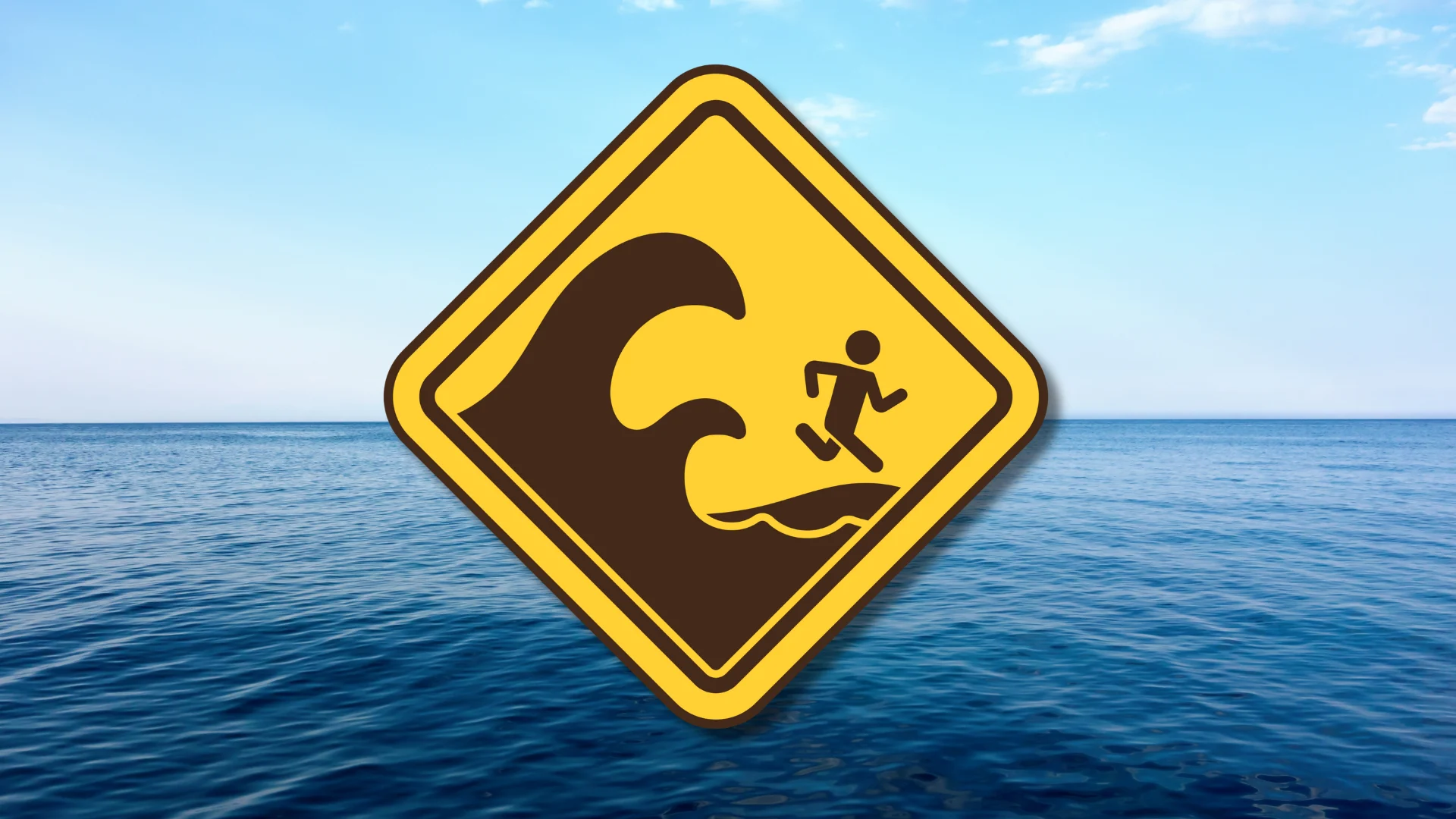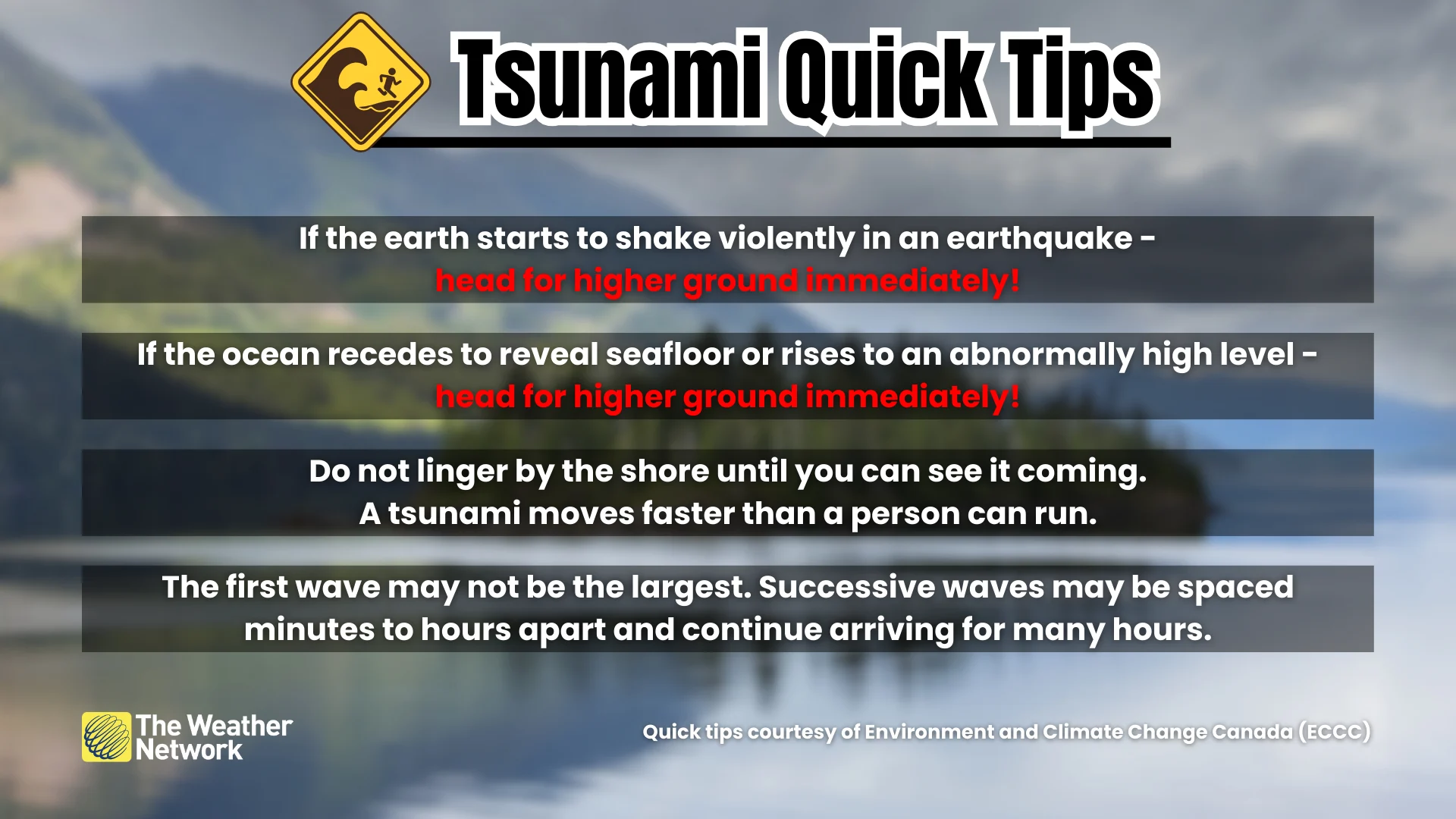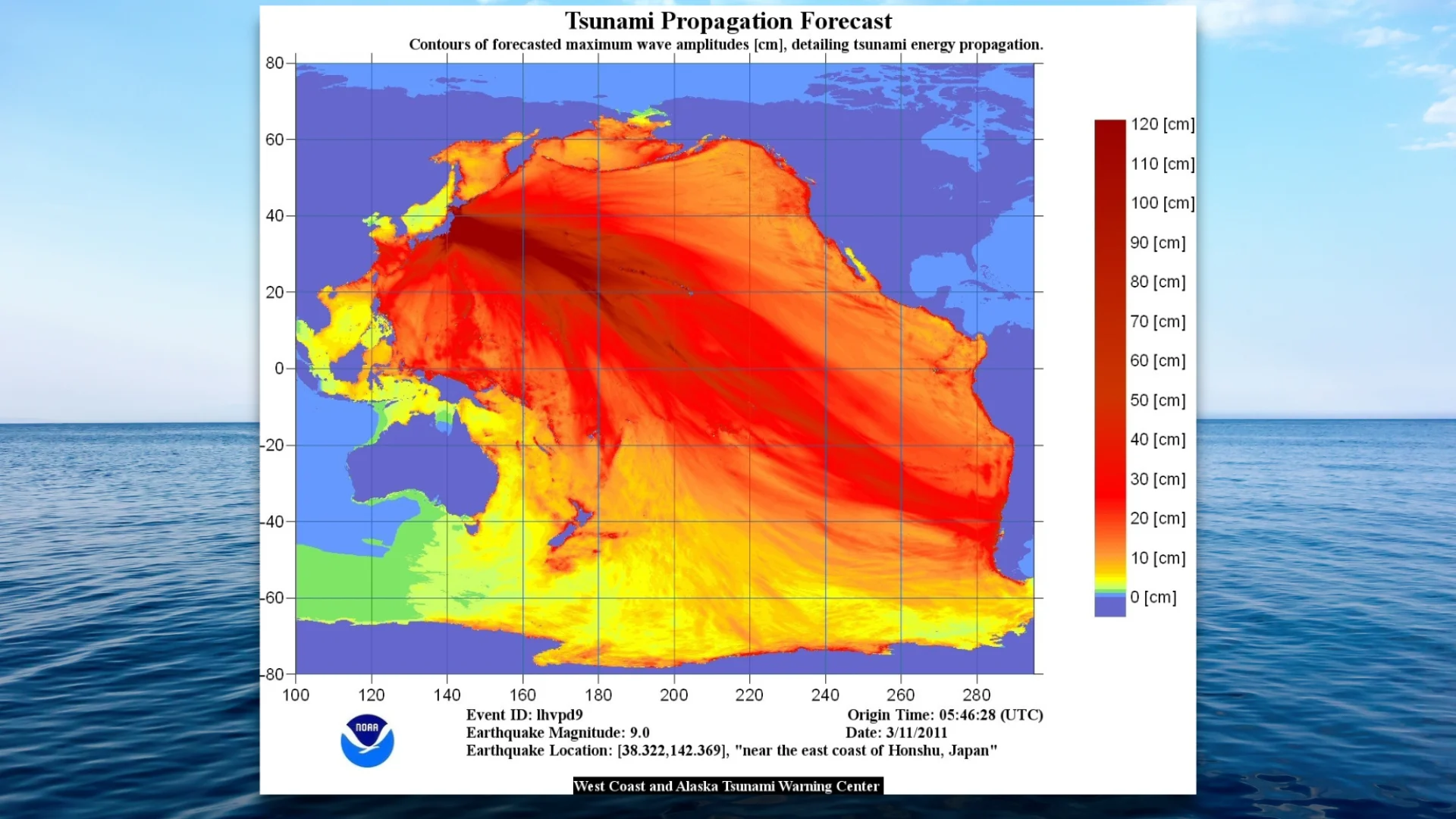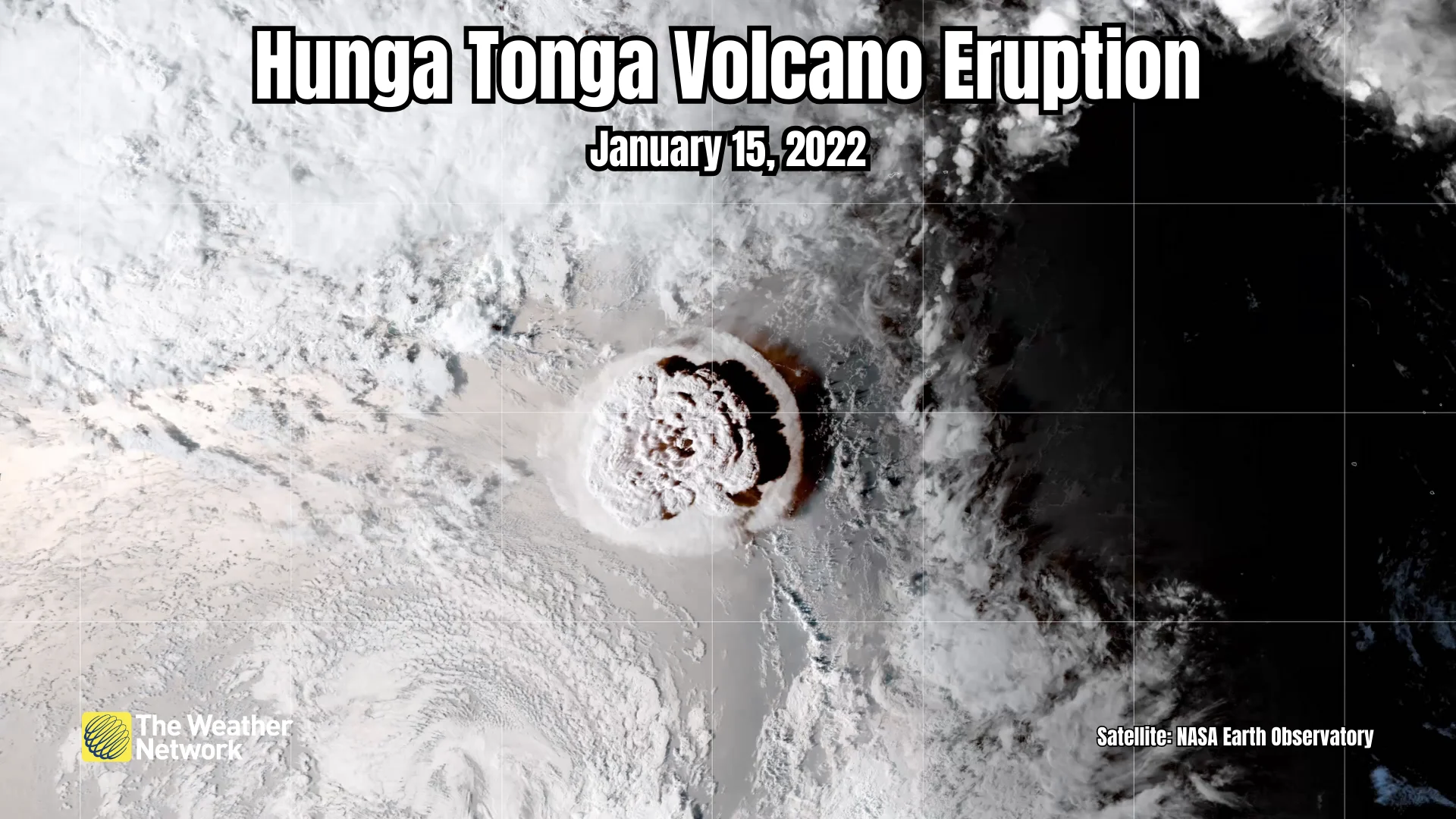
What is a tsunami? How these powerful waves spell coastal danger
Tsunamis can travel thousands of kilometres across the ocean after an earthquake, volcanic eruption, or landslide
Tsunamis pose a danger to every community across Canada’s three coastlines.
A tsunami is a series of large, persistent waves caused by the sudden displacement of a body of water. Earthquakes are responsible for more than 80 per cent of tsunamis that form around the world, according to NOAA, but these waves can also occur after events like landslides and volcanic eruptions.
Here’s a look at how these life-threatening waves form—and how you can spot the warning signs of danger on the horizon.
DON'T MISS: Tsunami safety tips: What to do if these dangerous waves threaten

Tsunamis are a threat across Canada
Tsunamis are possible along any stretch of coastline around the world.
Natural Resources Canada reported in 2010 that, on average, at least one tsunami has affected Canada every 15 to 20 years since the beginning of the 20th century.
While the greatest risk for these disasters exists along the seismically active West Coast, Canada’s deadliest tsunami actually occurred in Newfoundland.
A magnitude 7.2 earthquake jolted the northwestern Atlantic Ocean on Nov. 18, 1929, triggering a large underwater landslide south of Newfoundland. The landslide generated a tsunami that killed 28 people when it crashed into the Burin Peninsula.
Tsunamis are fast-moving, deadly waves
Tsunami waves can travel through deep water at hundreds of kilometres per hour, as fast as a jet airplane flies at cruising altitude. Coastal residents near the epicentre of an offshore earthquake may only have minutes after the shaking to flee to higher ground.

These waves slow down significantly as they careen into shallower waters, building up into an immense surge that rushes ashore at highway speeds. The most intense tsunamis can completely inundate multi-level homes and push several kilometres inland from the coast.
Most tsunamis are a series of waves that can be spaced minutes to hours apart. The first wave isn’t always the largest.
The ocean near the coast often recedes to expose the seafloor shortly before a tsunami arrives. Evacuate inland toward higher ground immediately if you ever see the ocean begin to recede, or if the water suddenly rises higher than normal.
Tsunamis can travel thousands of kilometres across the ocean
One of the most powerful earthquakes ever observed struck just off the coast of central Japan on Mar. 11, 2011. A magnitude 9.0, the earthquake generated a tremendous tsunami that devastated coastal communities with a surge of water that measured dozens of metres tall in spots.

The 2011 tsunami didn’t stop at Japan’s coastline. Significant waves travelled across the entire Pacific Ocean over the following day, with waves several metres high measured across the southern shores of South America more than 20 hours after the earthquake.
It’s important to stay aware of the news and listen up for warnings and evacuation orders when distant earthquakes, landslides, or volcanic eruptions occur.
Earthquakes are the main cause of tsunamis
The vast majority of the world’s tsunamis are generated by strong underwater earthquakes.
Major earthquakes occur when tectonic plates rub against one another. Tsunamis are most common when tectonic plates collide along convergent boundaries—meaning that one plate slides beneath the other.

Convergence can cause one of the plates to thrust upward during an earthquake. If this happens beneath the ocean, the massive upward movement of rock can significantly displace the water above and trigger a series of tsunami waves.
Landslides and volcanoes can also trigger tsunamis
Nearly 20 per cent of all tsunamis recorded around the world occur as a result of landslides and volcanic activity.
Landslides into the water can generate significant tsunami waves with little or no notice to nearby areas. Tsunamis triggered by landslides are particularly dangerous in valleys, fjords, and even large lakes, where the shape of the coastline can significantly amplify the tsunami.
Underwater landslides are also a sneaky tsunami hazard. This is a particular concern for Canada’s East Coast, as multiple spots beneath the Atlantic Ocean are landslide risks.

An explosive eruption of an underwater volcano can also trigger a far-reaching tsunami. One stark example was the January 2022 eruption of Hunga-Tonga Hunga Ha’apai in the southwestern Pacific Ocean.
Hunga-Tonga’s eruption created a tsunami that destroyed homes and resorts across several nearby islands. Tsunami waves were observed as far away as British Columbia and Antarctica.
